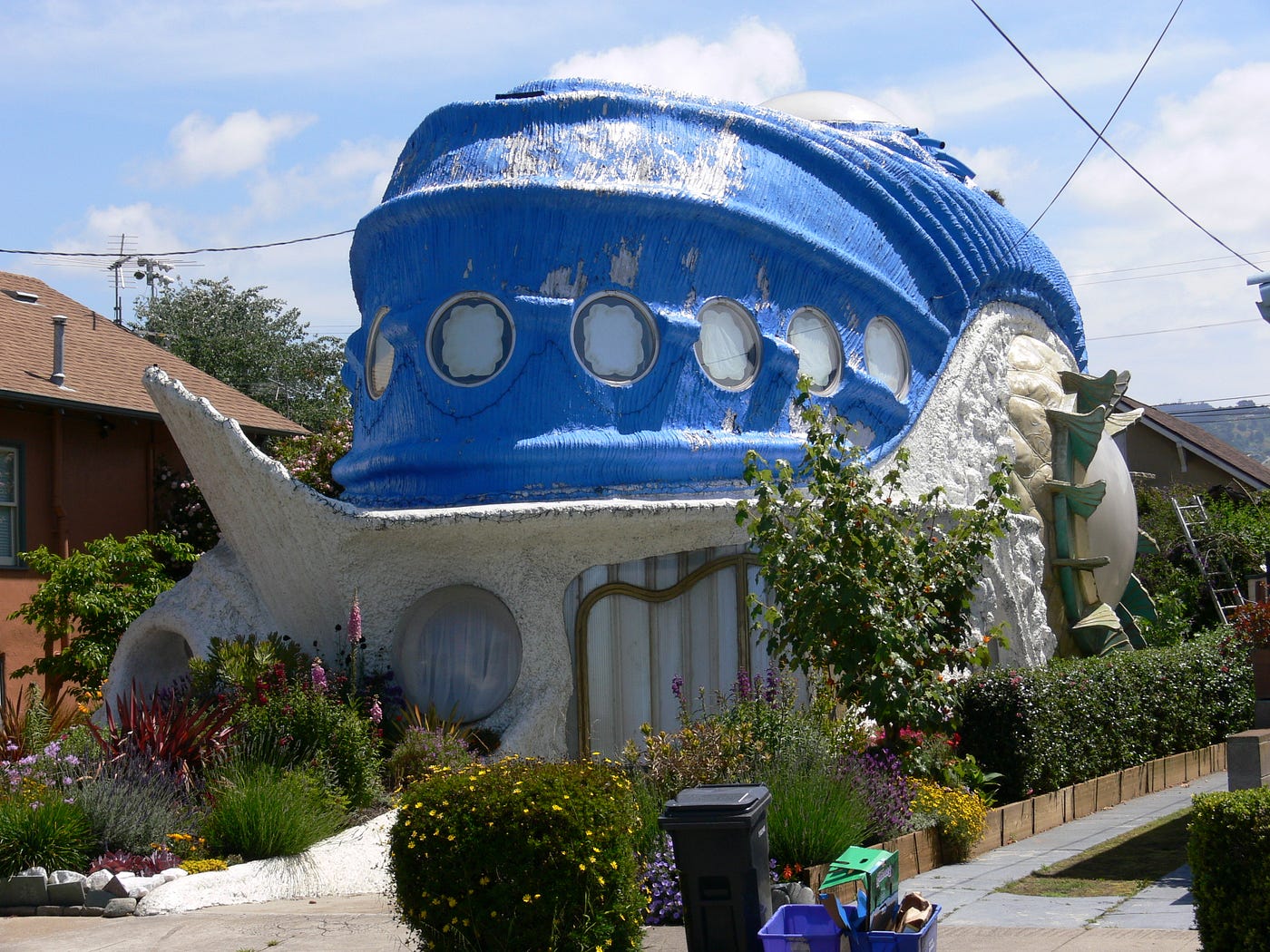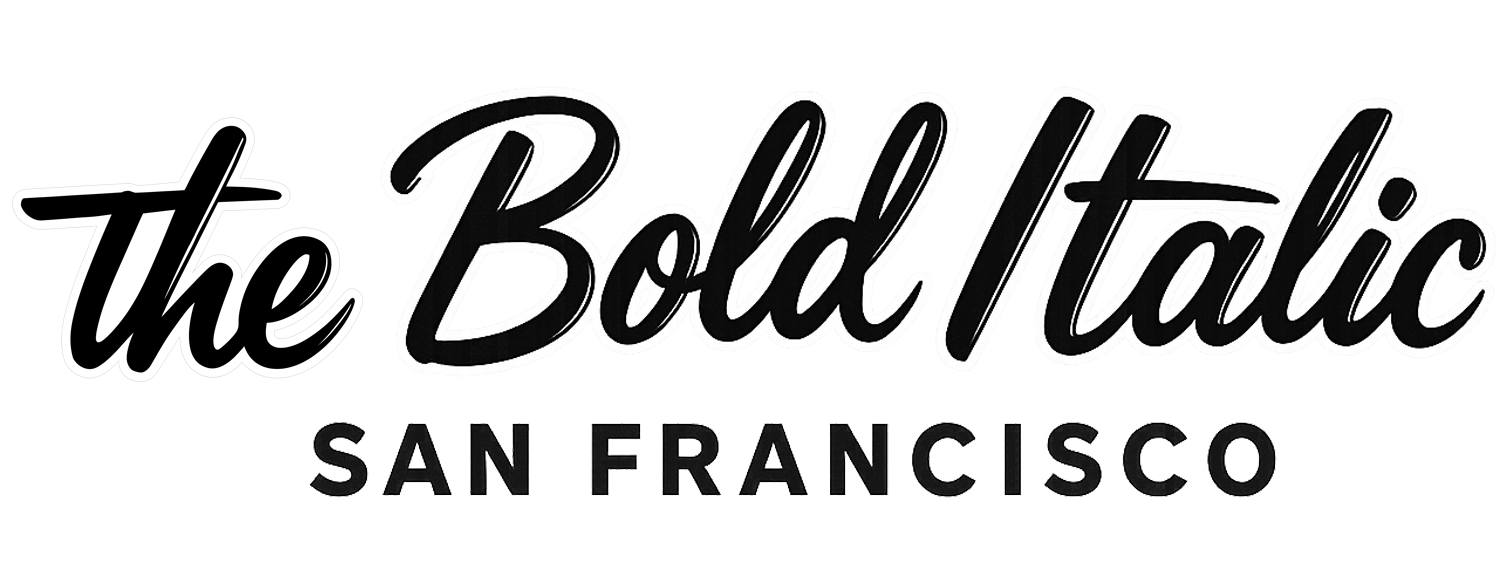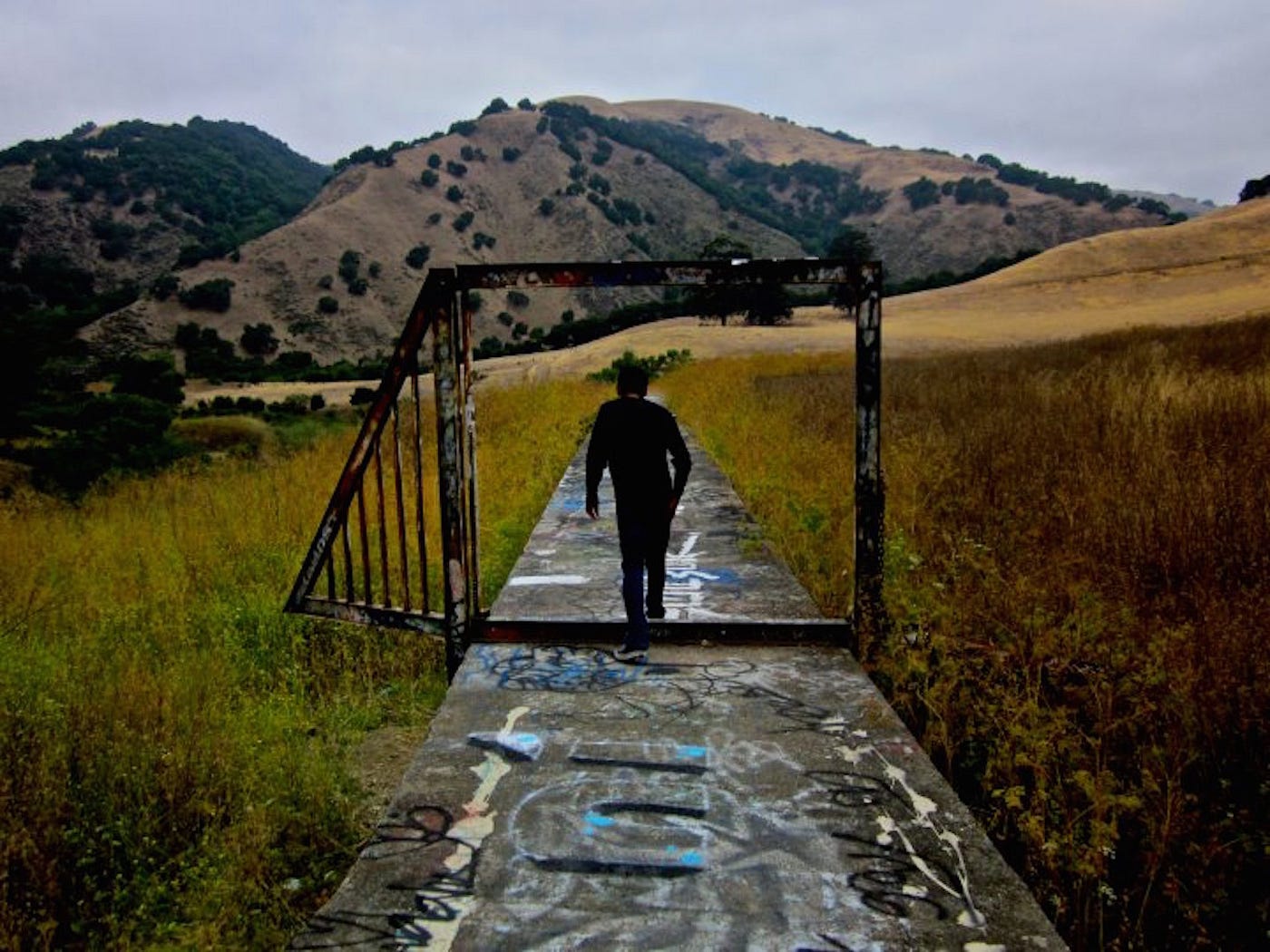
It’s no secret that the East Bay has emerged from San Francisco’s shadow, solidifying itself not only as a great place to live but also as a cultural hotbed. Despite the attention that cities like Oakland attract as they gentrify, the East Bay remains underexplored for most Bay Area residents and contains many hidden gems waiting to be discovered. Call them “clandestinations.” Bust out your GPS and prepare for an adventure.
Gondola Rides on Lake Merritt
You don’t have to fly across the Atlantic to experience Italian romance. Authentic Venetian gondola rides have glided along Lake Merritt since 1999. The cruises come complete with traditional melodies, skilled gondoliers and beautiful views of the cityscape.
Gondola Servizio offers year-round tours by day or night, and reservations are available seven days a week. They have a variety of cruise packages with respect to duration and desired accommodations. Glassware will be provided if you decide to bring a bottle of wine (which is highly recommended). Candlelight and blankets are included in the evening, when the lake wears a necklace of carnival lights and glistens under the stars.
How to get there: their office is located at 1520 Lakeside Drive in Downtown Oakland. For more information, call (510) 663–6603.

Telephone Pole Gnomes
Sometime in early 2012, a mysterious rash of visitors began appearing in Oakland. The bearded gentlemen wore boots, strange hats and vintage clothes, but they weren’t displaced hipsters from San Francisco — they were gnomes. An anonymous artist began painting these mini portraits on wooden blocks, attaching them to the bottom of telephone poles around Grand Lake, Temescal and other areas of Oakland.
Pacific Gas & Electric vowed to remove the installations until a public outcry caused them to leave the little guys alone. The work itself isn’t exactly masterful, but there’s something irresistible about the crude folk-art renderings. The rosy-cheeked elves are usually dancing a jig. Some are accompanied by mushrooms, and others have dogs. Whatever their meaning or origin may be, the gnomes brighten the day of anyone who crosses their path.
How to get there: the locations are top secret, but there are dozens around Oakland. Just keep your eyes peeled, and don’t forget to look down.
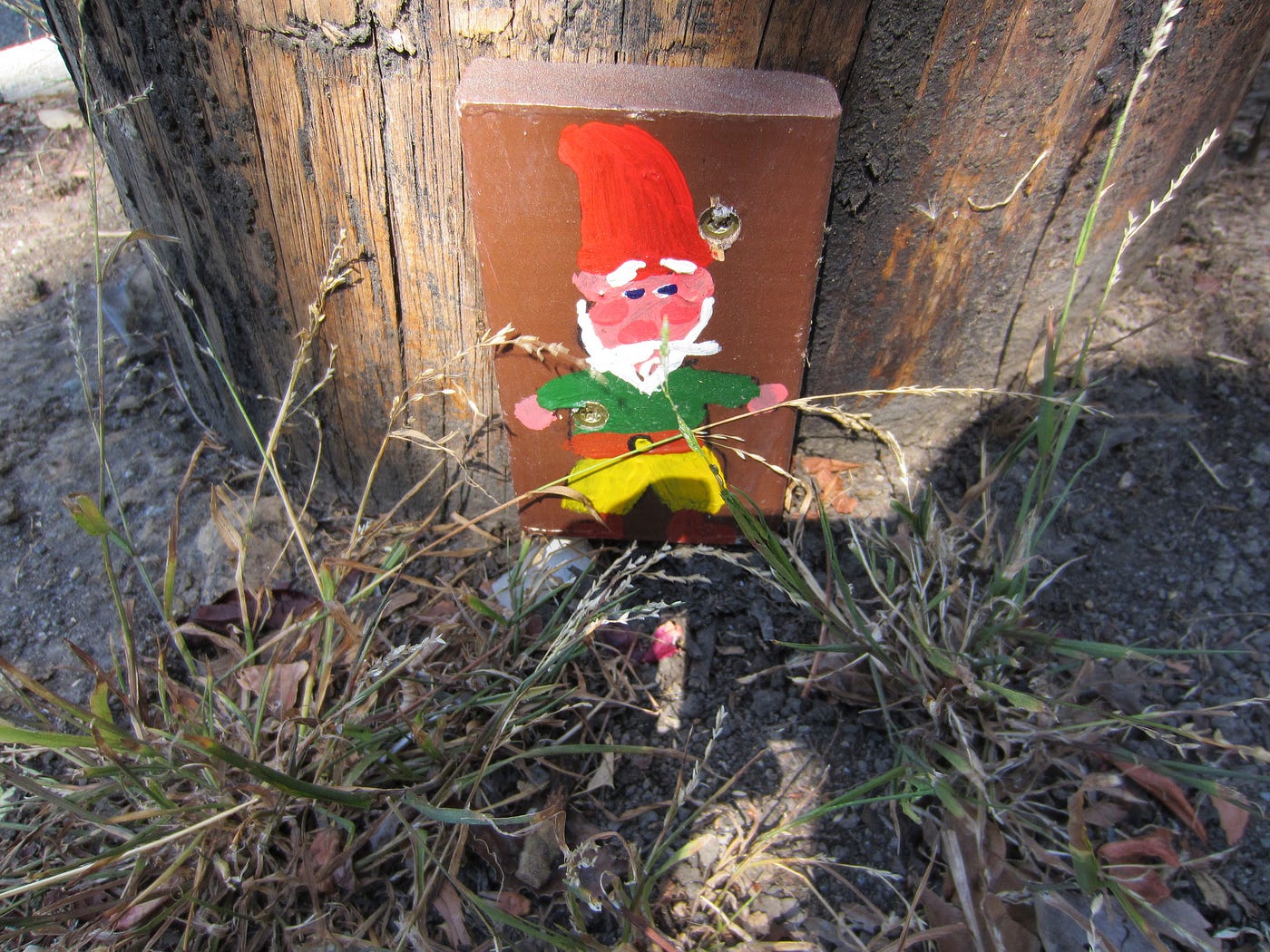

Bay Bridge Troll
Following the 1989 Loma Prieta earthquake, the eastern span of the old Bay Bridge was damaged. During the repair process, ironworkers secretly welded a steel troll to one of the beams. Local blacksmith Bill Roan created the 18-inch figure, which features large horns and a spud wrench. Despite the fact that Caltrans never authorized the installation, the bridge’s guardian remained there until the span was closed in 2013. The Oakland Museum of Contemporary Art subsequently displayed the troll, and then it was quietly retired.
That was the end of the story until someone decided to create a new troll in late 2013. According to SF Gate, the sculpture was riveted to the recently developed eastern span in May of 2014. Unlike the original version, the latest steel troll has good posture. He’s slender and clutches a sledgehammer, but he’s equally adverse to direct sunlight.
How to get there: the troll is visible from the pedestrian/bicycle path that runs from Oakland to Treasure Island. It’s hidden from the sight of motorists, so you’ ll have to look down through Pier E2 to catch a glimpse.
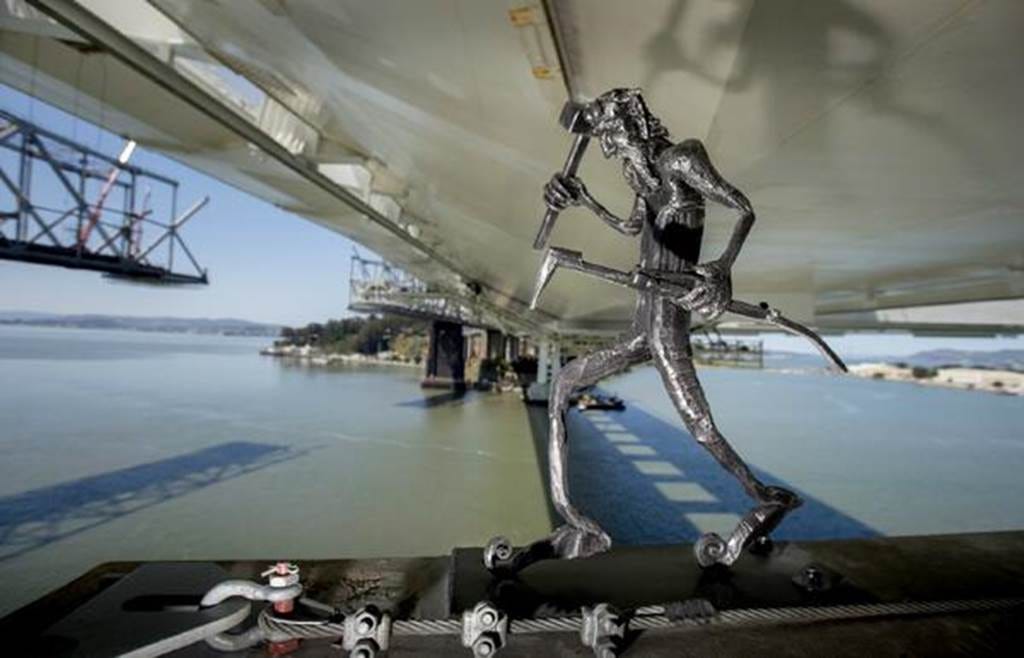
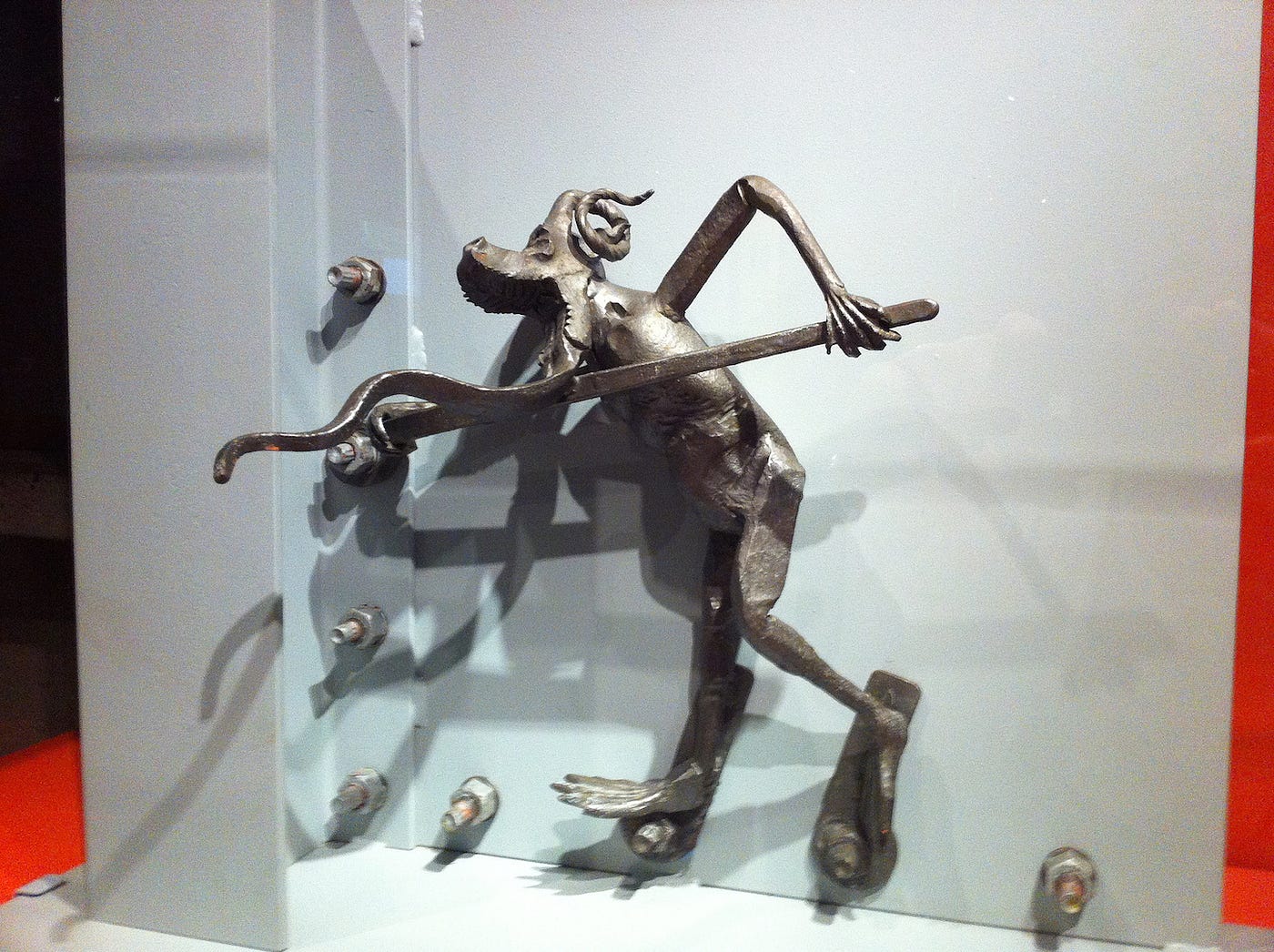
Albany Bulb
The Albany Bulb is a nondescript peninsula along the bay’s eastern shore. Formerly a landfill, the Bulb doesn’t look like much at first glance, but there’s something amazing hidden among the palm trees and coastal shrubs. It’s a hodgepodge of anarchy and artistry — the flashpoint of controversial homeless evictions and environmental concerns. Foragers brave thickets of blackberries to pick the tasty fruit. Makeshift encampments are sprinkled within dense vegetation. Hikers meander through poorly marked trails until they’re rewarded with an eccentric outdoor gallery of sculptures, graffiti, murals, stencils and other urban art installations.
Sculptor and activist attorney Osha Neumann is responsible for some of the most impressive work. One longtime resident created a landmark known as Mad Mark’s Castle, a huge concrete, rebar and plaster shelter. A group of local artists called Sniff painted colorfully eccentric wooden murals and erected more sculptures at the northwest edge. The Albany Bulb has hosted informal performances, including concerts and even a production of Shakespeare’s The Tempest.
How to get there: take the Buchanan Street exit off of I-80. Continue west on Buchanan until the end of the road. Park anywhere in the lot.
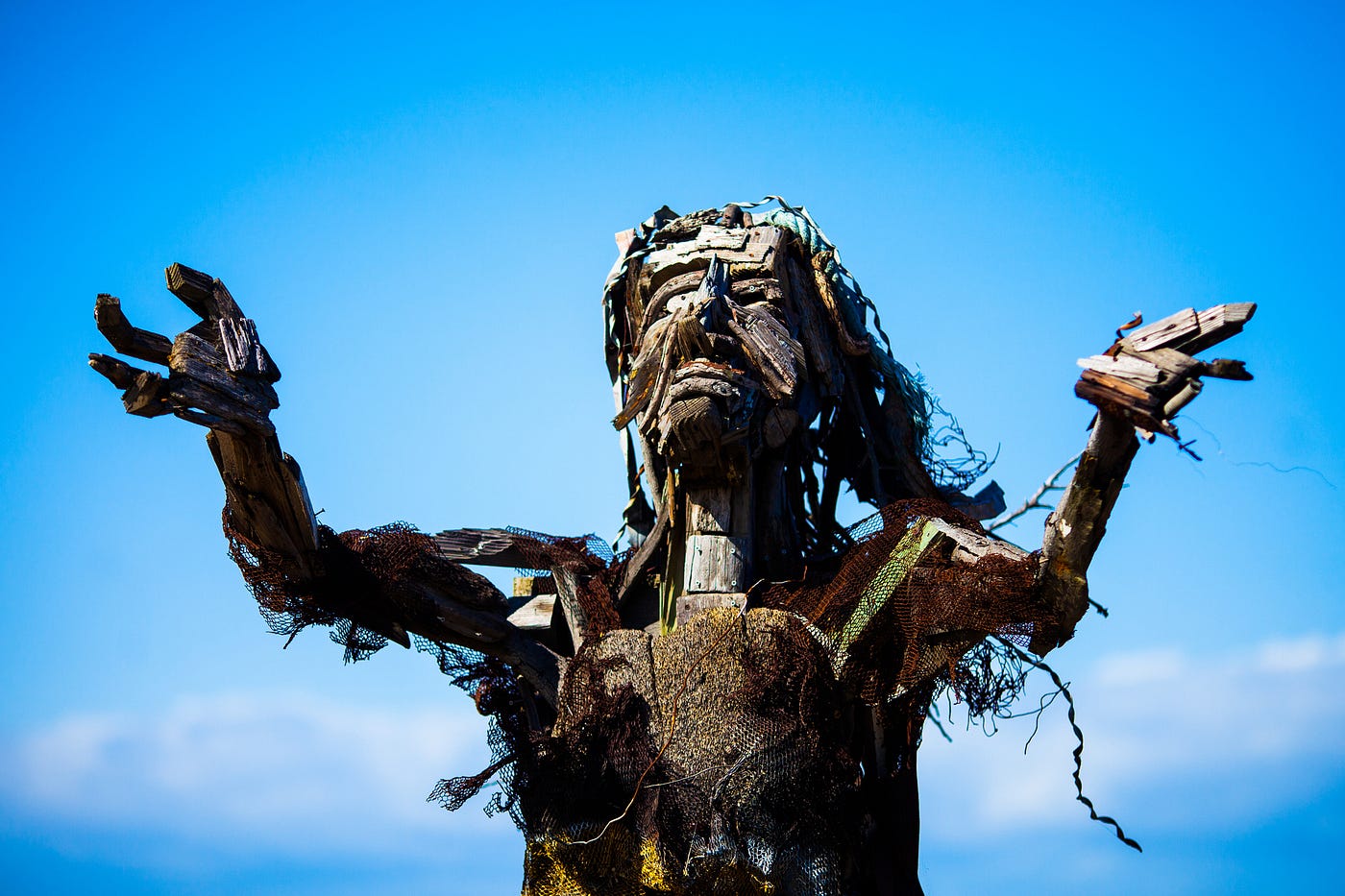
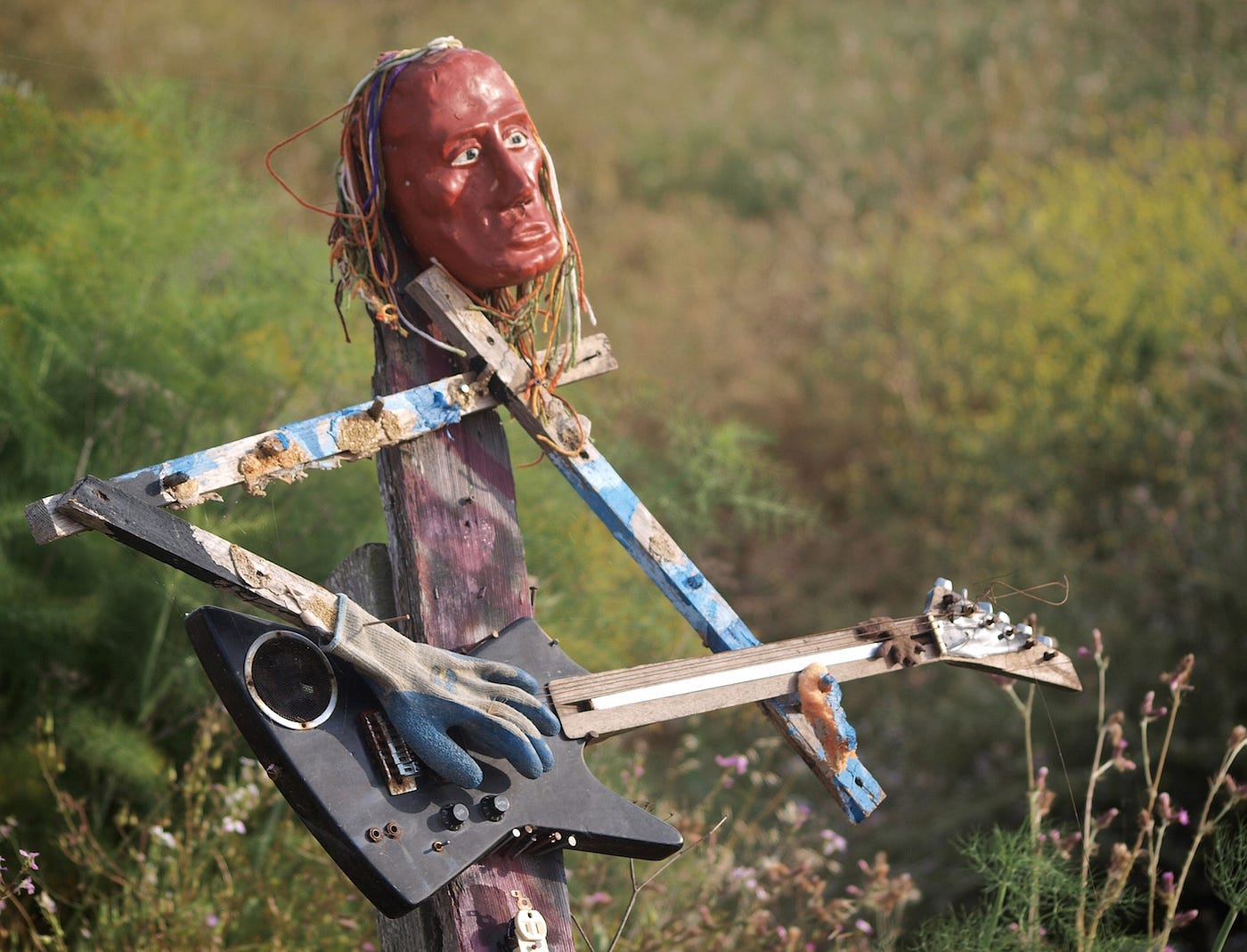
Tiny Tilden Post Office
One of the oldest and most renowned parks in the region, Tilden is an expansive wooded refuge in the Berkeley hills with a multitude of recreational activities and sites, including golf, swimming, steam-train rides and an antique carousel. It’s the most popular and heavily trafficked park in the East Bay, but its massive size will satisfy your wanderlust. If you know where to look, there are surprises concealed among the leaves, though the biggest secret is actually quite small. The Tiny Tilden Post Office was established in December 2013 by a local creative studio called Leafcutter Designs.
Nestled in the knothole of an old tree, the office has the original furnishings, including a miniature mailbox, a desk, a bulletin board, and even a lamp that illuminates at night. The creators expected it to get ruined by the elements, wildlife or invasive passersby, but much to their delight, the post office has actually grown. Over time, visitors have actually added their own pint-size letters, packages and presents.
How to get there: it’s a little tricky to find, but that’s part of the adventure. Find your way through to the Brook Picnic Area, and park at the bottom of the hill. The post office is just across the creek at the fork of the Curran Trail.
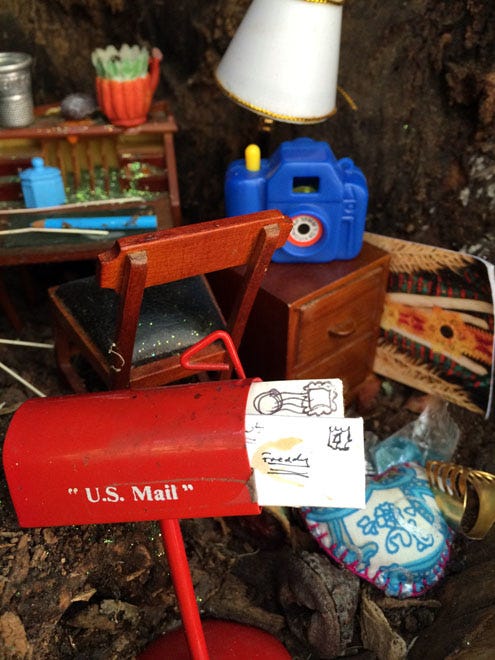
Kaiser Center’s Rooftop Garden
Just across the street from Lake Merritt is the Kaiser Center, which seems like your average urban building. Most people don’t realize that it’s home to one of the world’s largest rooftop gardens. Perched atop a five-story parking garage, the garden comprises 3.5 acres and features 41 types of trees, 9 species of hedges and 300 varieties of roses. It also includes a picturesque reflecting pond, several fountains, a wooden bridge and extensive lawns.
The concept for the garden originated with Edgar Kaiser Sr., who was inspired by the gardens of the Rockefeller Center in Manhattan. The Kaiser Center garden was the first of its kind constructed in the United States after World War II and was the only privately owned roof garden at the time. Designed by San Francisco–based landscape-architecture firm Theodore Osmundson & Associates, the building now serves as BART headquarters. It remains open to the public Monday through Friday from 8:00 a.m. to 5:00 p.m., which makes it the ideal setting for a lunch break. The space is frequently used for weddings and other events, including a weekly concert series during the summer.
How to get there: the address is 300 Lakeside Drive in Downtown Oakland. Just take any parking garage elevator to level “RG.”

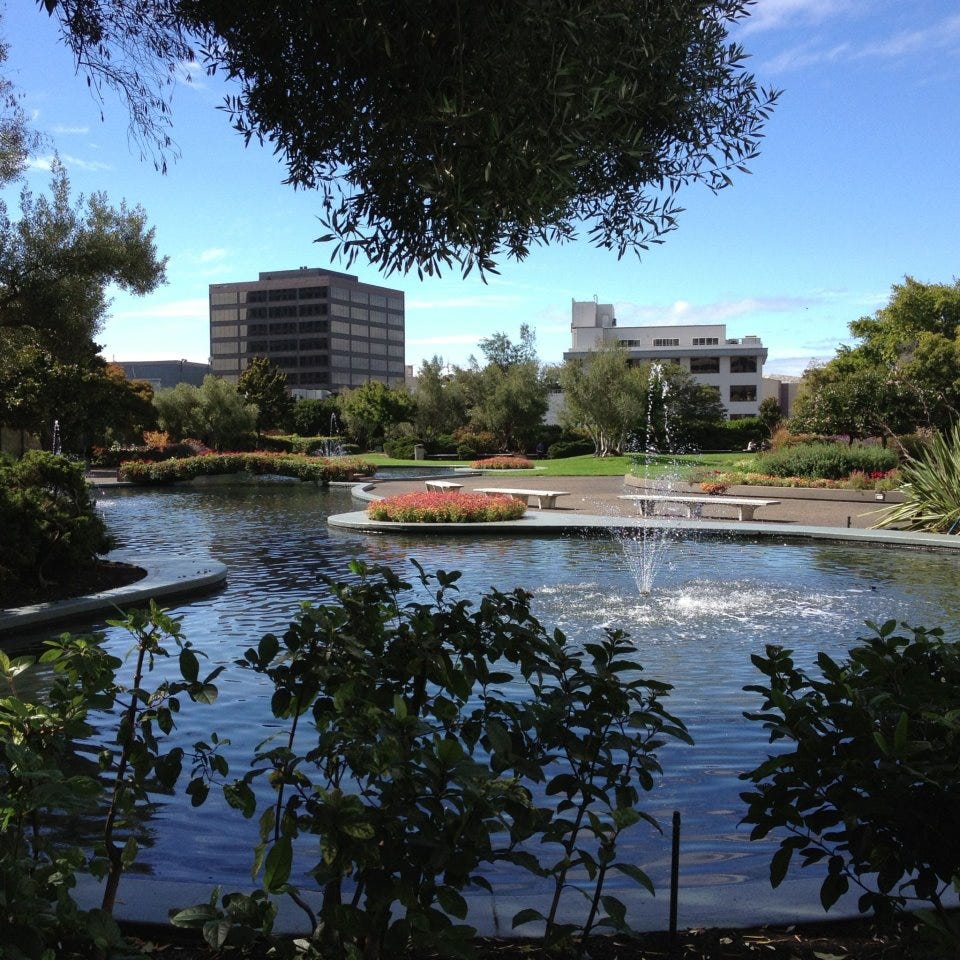
Berkeley Rose Garden
A covert tunnel burrows under the road, opening into a fragrant garden of 3,000 rose bushes that overlook the San Francisco Bay. No, it’s not a dreamy movie scene. Nestled in a residential area of the Berkeley Hills, these 3.6 acres have been the East Bay’s best-kept secret since 1937. The terraced amphitheater and redwood arbor is an idyllic backdrop for photo shoots. It’s open from dawn till dusk. The flowers reach full bloom around mid-May.
The city-owned Berkeley Rose Garden features 250 varieties of roses from around the world and is widely considered the finest rose garden of its kind in the region. The steep slopes are saturated with a spectrum of colors, permeating the canyon with a sublime aroma. Offering unobstructed views of the Golden Gate Bridge, it’s the perfect spot for a romantic stroll or a family retreat. Don’t forget your picnic basket!
How to get there: the Berkeley Rose Garden is located across from Codornices Park at 1200 Euclid Avenue (between Eunice and Bayview). Follow your nose through the tunnel.
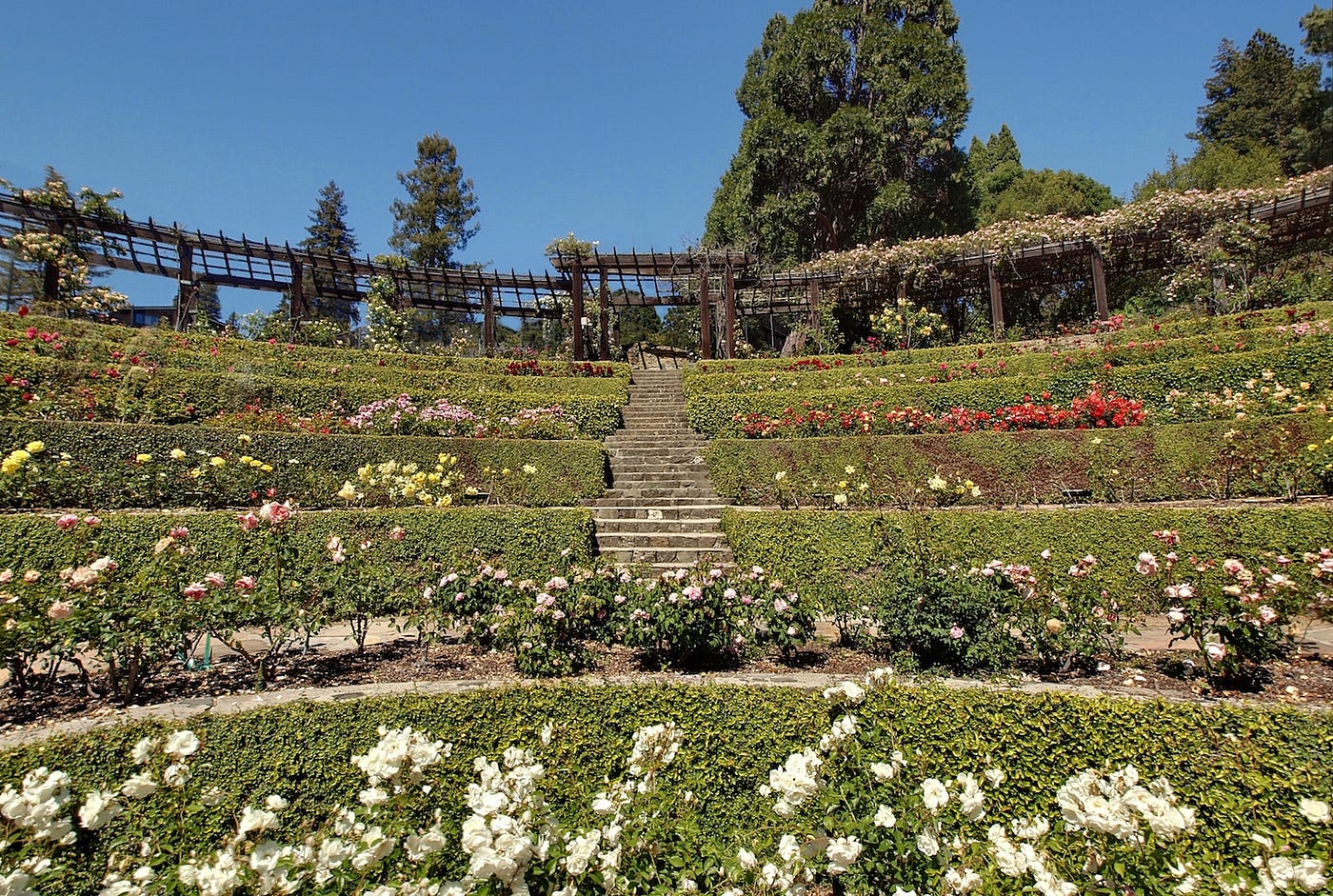
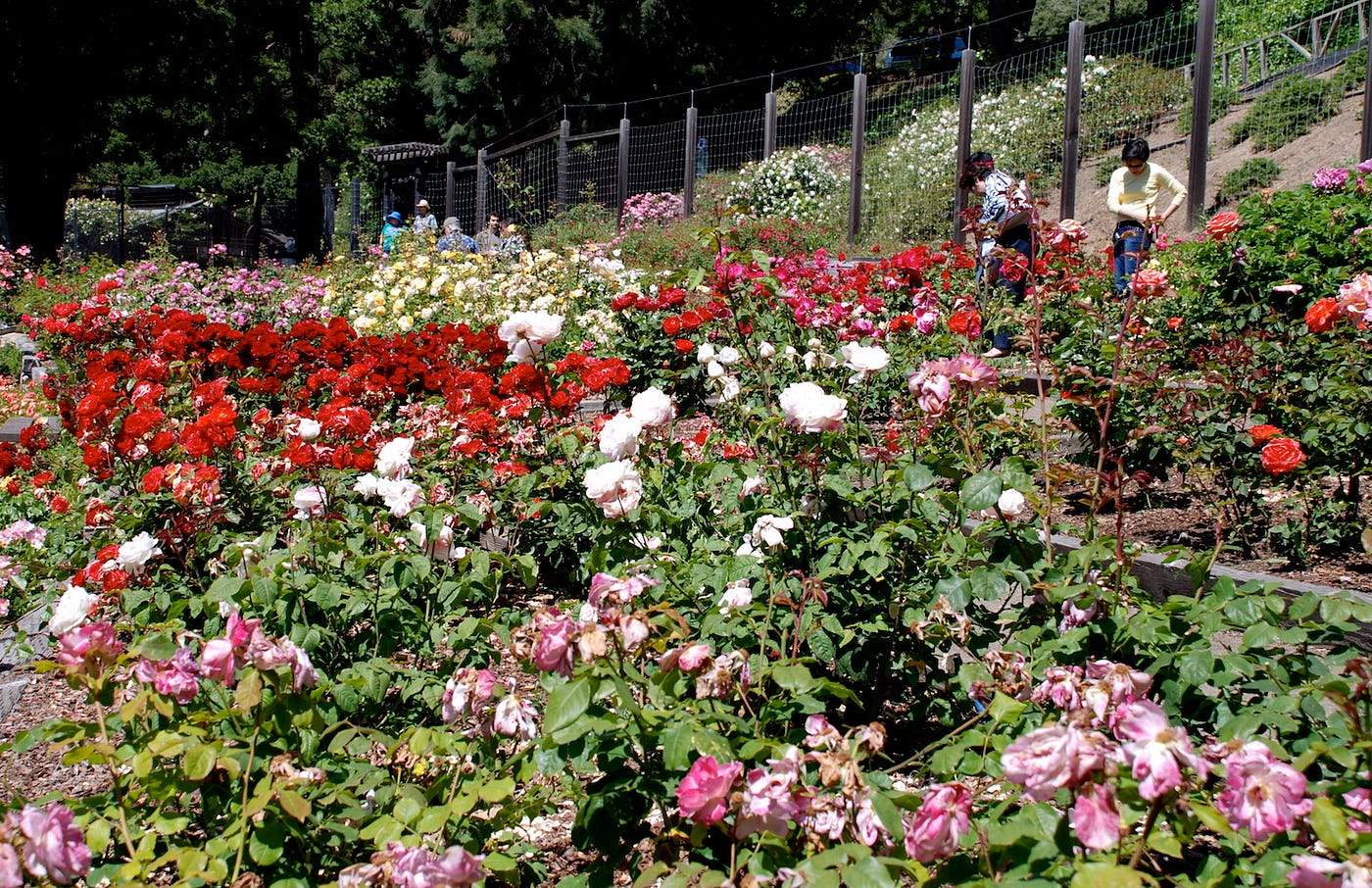
The Secret Sidewalk
Fremont’s Secret Sidewalk is actually the top of the Niles Canyon Aqueduct, which once transported fresh water from Alameda to San Francisco. Now it’s half interred, adorned with spray-painted murals and blanketed in overgrown brush. Charlie Chaplin’s movie studio was located in the area, and some of his earliest films were filmed there. Some wild stuff goes down, including cult rituals, wild teenage parties and gatherings of graffiti artists. Urban legends involving murders and accidents are preserved in the form of tales of ghosts, white witches, blonde spiders and a resident troll.
Many locals have made the open space their own, frolicking through rolling grasslands and spindly trees alongside a train tunnel and bridge. Government officials proposed restoration projects to repurpose the aqueduct, but no plans ever materialized. It remains an East Bay enigma that continues to fuel mischief, curiosity and folklore.
How to get there: enter Niles Canyon Road from Mission Boulevard and keep right. There’s a park on the left. Head along the trail, and choose to ignore the “No Trespassing” signs (if you dare). The remnants of a clay-pipe factory lead up a gravel hill and across train tracks, eventually spilling into a meadow of grazing cows. That’s where the sidewalk begins.
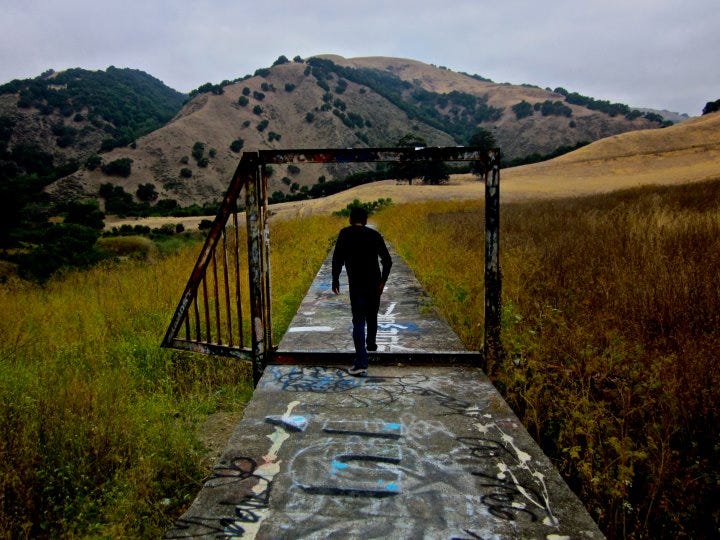
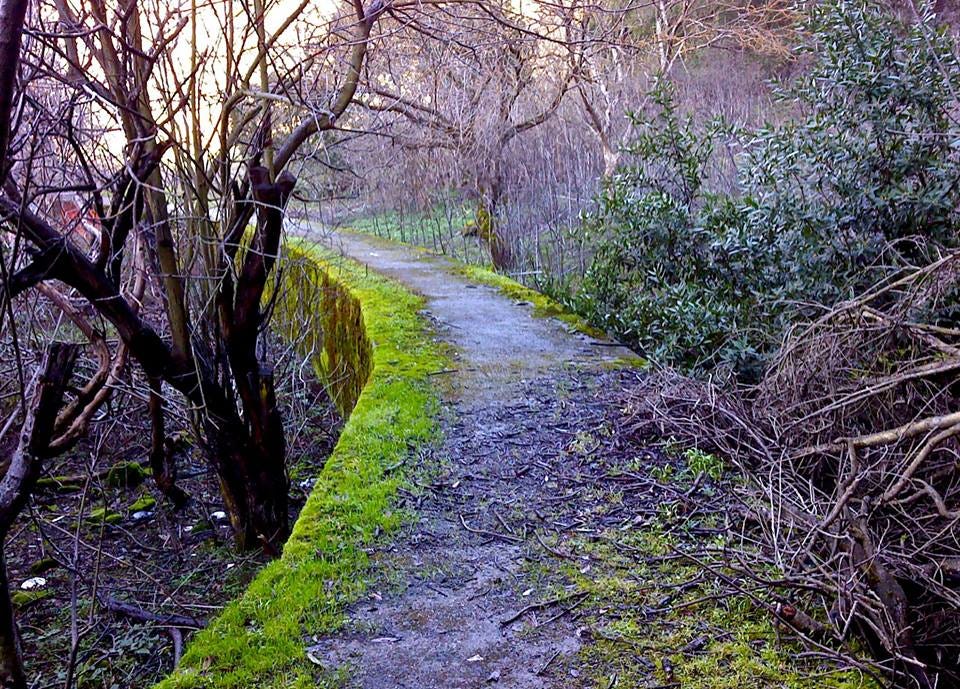
16th Street Train Station
Once the end of the line for the bustling Transcontinental Railroad, this 1912 Beaux-Arts building was severely damaged by the 1989 Loma Prieta earthquake. Although 16th Street Station has been shuttered for over 20 years, that hasn’t stopped vandals, urban explorers and street artists from venturing inside. A nonprofit organization called RAILS is behind an ambitious plan to rehabilitate the historic space. At its height, the station played a significant role in the Civil Rights Movement as the West Coast base of the Brotherhood of Sleeping Car Porters.
According to ABC 7 News, the station’s proposed rehabilitation is a collaborative effort with BRIDGE Housing, the City of Oakland and private landowners who hope to build more than 1,200 homes and a retail space. The rebranded neighborhood will be known as Central Station. The business plan includes development ideas like an urban farm as well as a restaurant, cafe, commercial kitchen, performance space, museum, charter school and even a beer garden. Who knows what will actually emerge, but it’s sure to be a valuable asset to the community.
How to get there: the premises remain closed to the public, but the station is visible through the fence. The address is 1760 16th Street in West Oakland.
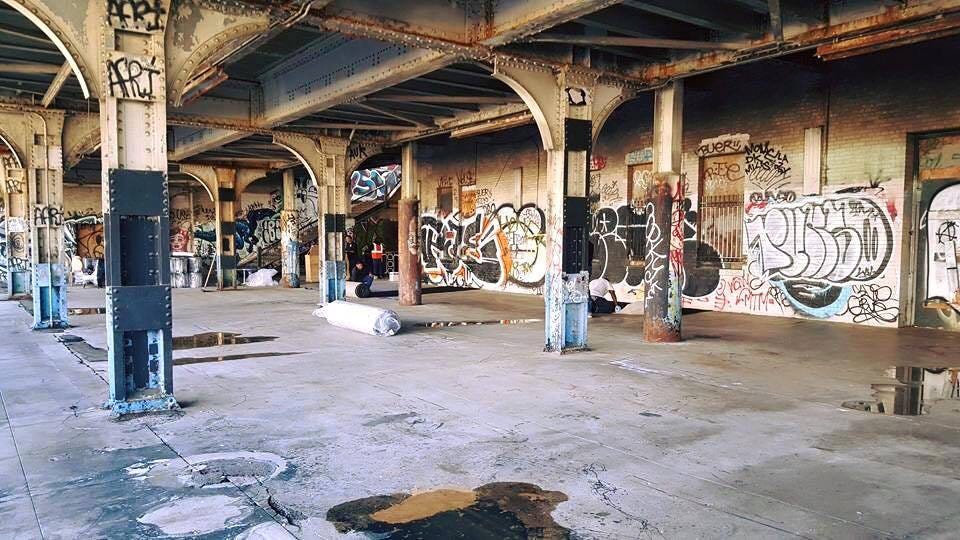

Fish House
Architect/superhuman Eugene Tsui isn’t your average developer. Not only does he moonlight as a professor and an author, but also he’s a fashion designer, competitive gymnast, product inventor, professional musician, martial artist and flamenco dancer. Needless to say, Tsui is a dreamer, and his visionary blueprints are some of the most ambitious designs ever conceived. He drew up plans for the Ultima Tower in San Francisco, which would have been the tallest building in the world. He also attempted to construct a 2,340-foot tower in Oakland.
So when he decided to build his parents a home in Berkeley, Tsui didn’t exactly play it safe. The eye-popping result is commonly known as the “Fish House.” The property comprises four bedrooms, three bathrooms, two stories and a series of ramps in lieu of stairs. Tsui considers it to be the safest houses ever constructed and claims that the structure is resistant to fires, floods and termites. The noise-canceling walls are made from recycled styrofoam and cement blocks.
Coincidentally, a few blocks away is the renowned “Car House,” which is composed of junkyard vehicles, salvaged redwood and a recycled shipping container. The modern aesthetic is surprisingly sleek.
How to get there: 2747 Mathews Street in Downtown Berkeley between Ward and Oregon.
